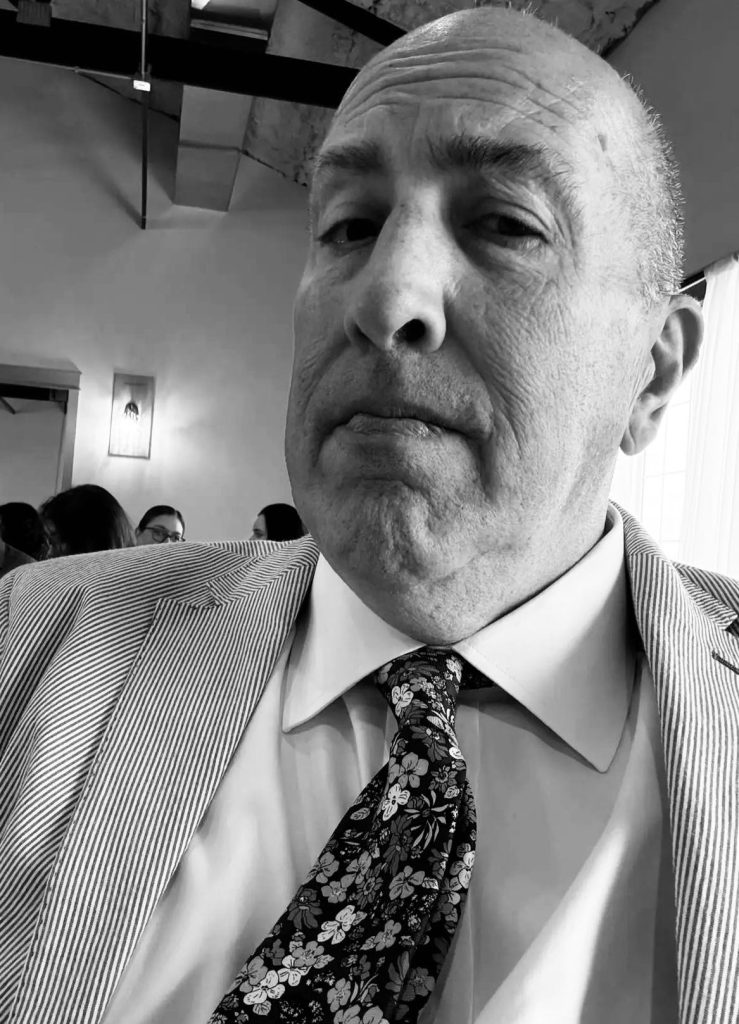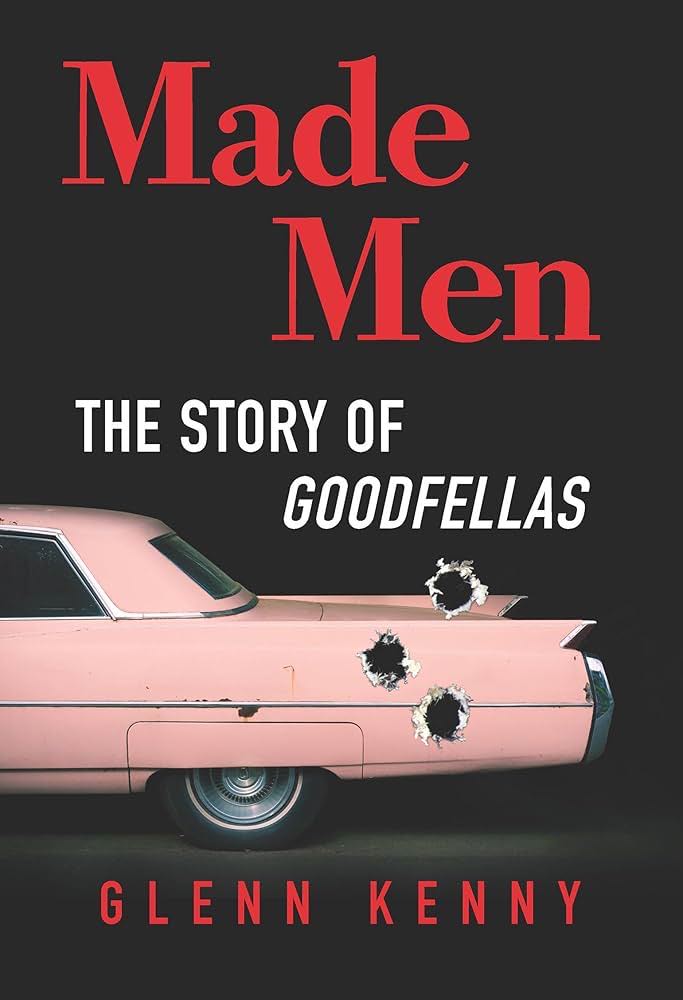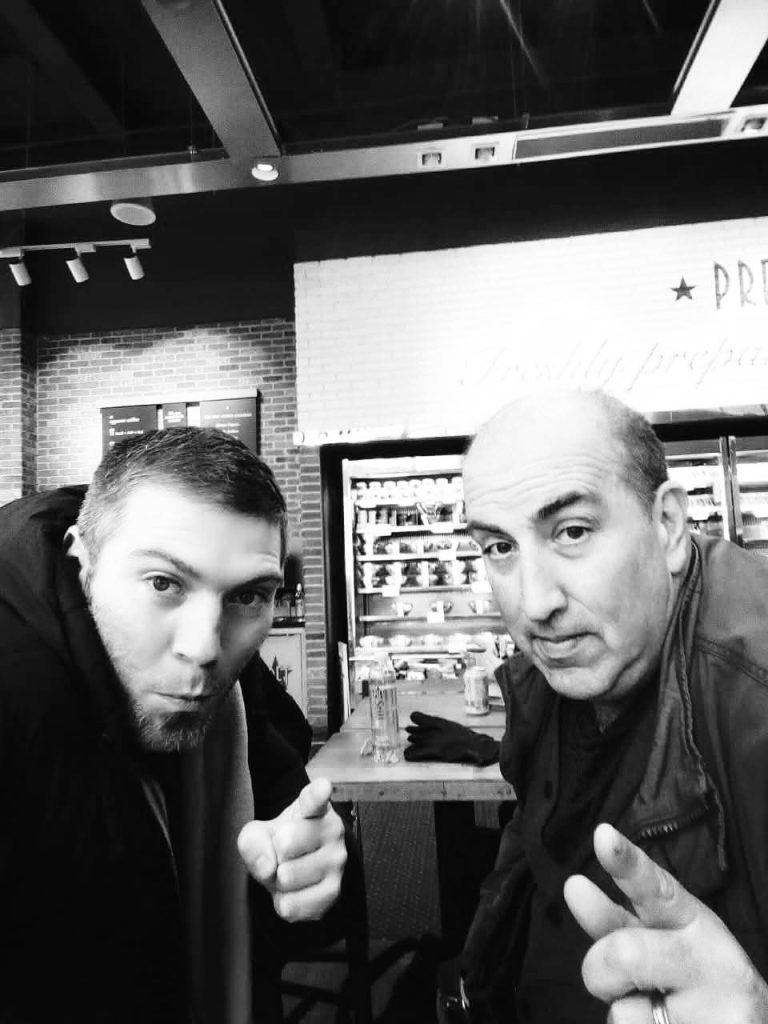By Michele Diomà

It was February 2019 when I met Glenn Kenny while I was preparing a film to be shot in New York. I wanted to meet in person the author of one of the cinema books I had loved the most: Made Men: The Story of Goodfellas, featuring exclusive interviews with Martin Scorsese and Robert De Niro. I had been deeply fascinated by Glenn’s ability to recount the context in which the masterpiece directed by the great Italian-American filmmaker was born.
I believe that to truly understand a film, it is essential to know the social and cultural reasons that led the producer and director to make it. There’s no point in having a student read Socrates without first telling them about Ancient Greece, and in the same way, I believe it is essential today to explain to audiences the world in which certain films were born—otherwise, they simply won’t be understood.
We often complain that younger generations are increasingly less interested in Cinema. But this happens because, for example, showing The Kid by Charlie Chaplin to a teenager today without first explaining what the Great Depression of 1929 was, is like handing them a book written in a language they don’t know.
That’s why I consider the work of film critics like Glenn Kenny a necessary mission to help save Cinema.
It is a great honor to welcome Glenn Kenny today into the WILD FILMMAKER Community.

-Who is Glenn Kenny?
Glenn Kenny is a New York based film historian and critic who contributes reviews to the New York Times and RogerEbert.com. He is the author of “Anatomy of an Actor: Robert De Niro” (Cahiers du Cinema, 2014), “Made Men: The Story of ‘Goodfellas'” (Hanover Square Press, 2021), “The World is Yours: The Story of Scarface'” ( Hanover Square, 2024) and the editor of “A Galaxy Not So Far Away: Writers and Artists on 25 Years of ‘Star Wars'” (Henry Holt 2002).
-When did your collaboration as a film critic for The New York Times begin?
In 2015 my friend Manohla Dargis approached me and asked if I would be willing to write a review of “Hotel Transylvania 2.” Having seen the first “HT” movie I was aptly prepared, so I agreed. The piece turned out sufficiently well that I was asked to contribute more. And there you are.
-What inspired your book MADE MEN – THE STORY OF GOODFELLAS?
I needed a summer job. I am an instructor at a well-known arts college but I don’t teach summers. So there was that. Also: “Goodfellas” was a movie I’d seen many times and felt rather close to. I met its director while he was editing it, so I felt a special attachment to it. When he signaled that he would cooperate with the assembly of the book (which he did, most generously), I felt I could proceed with some confidence.

-Do you think that today, independent cinema is still a place where the most innovative stylistic approaches can be found?
Not necessarily. I think, as good as the films at major festivals tend to be, maybe one out of thirty shows an unusual/innovative formal bent.

-In the past, film festivals played a key role in discovering new talented directors. Nowadays, they often seem to favor already well-known filmmakers. Why do you think that is?
Like every other sector of film, festivals are infected by business. That’s the simplest answer and I think the most accurate.
